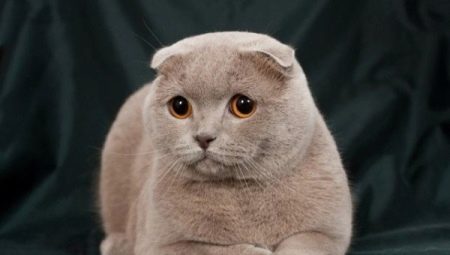Cats are one of the cutest pets, and there are those who make you smile when you look at them, and you have an irresistible urge to look for them. These cats include the Scottish fold breed or otherwise, the purple Scottish fold cat.
Unusual color
Cats of this breed are very cute and beautiful, lilac color gives them a refined aristocratic look. Even their nose and paw pads have a lilac color - they exclude mixing and the appearance of some other color than their own, in this case lilac. Another color is unacceptable not only on the animal’s hair, but also on the rest of the body (tail, ears, paws). You can meet representatives of this breed, in which the shade on the undercoat will be slightly lighter, but still there will not be much difference from the main color.
Kittens under the age of three weeks have a small spot on the body, from which you can see and understand what color the cat was with which the cat was crossed. However, over time, this spot disappears, and the color becomes even and monotonous. The eyes of lilac scottish fold cats can be golden or orange, copper eyes are also found, this is permissible, and is considered a sign of the breed.
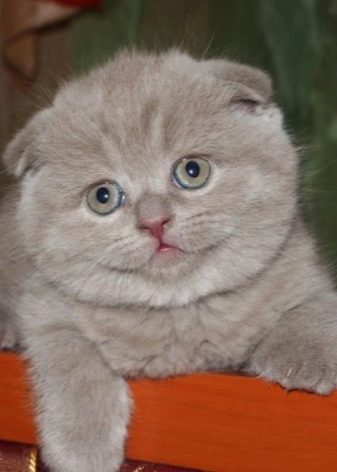
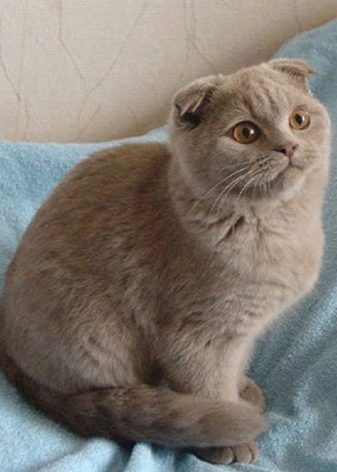
Breed characteristics
These are amazing cats, in one animal two different temperaments can be combined. In childhood, these are energetic and playful kittens, in more mature - imposing quiet and calm cats. Representatives of Scottish fold cats have a medium-length body that is proportional and with soft bends, legs are strong, their pads are wide, their tail is long and always straight. The head has a round shape, cats have thick pronounced cheeks.The ears are triangular in shape and small, the tips are down, the eyes are large rounded, their color may vary depending on the coat color. Mainly due to the head and muzzle, animals of this breed are easily recognizable.
Weighing animals can reach up to 6 kilograms, an average height of 30 centimeters. Their average life expectancy is 15 years, if disease prophylaxis is carried out even with a good pedigree, then a cat can live up to 20 years.
Like any animals, they have their pros and cons, but each cat or cat is individual. Their poor qualities include: vindictiveness, a tendency to obesity, since they do not have a sense of proportion and satiety in food, in addition, they shed much.
Their good qualities are that representatives of this breed are intelligent and sociable animals. Their distinctive feature is independence and cleanliness, although they do not require special care.
And most importantly - in adulthood, these are lazy cats, they do not need active games with the owners.
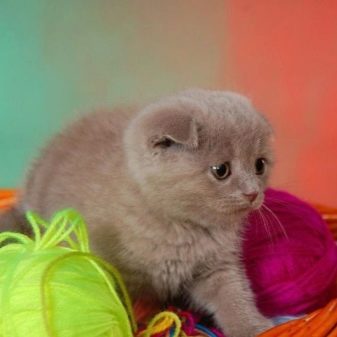
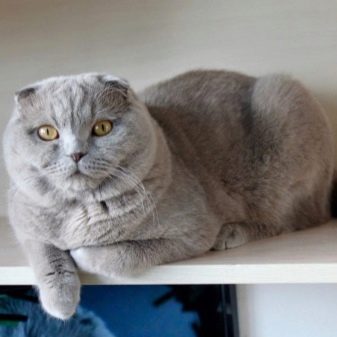
Maintenance and care
Due to their lazy nature, these animals do not require special care, but as noted above, laziness comes to them with age. Kittens, on the other hand, are very mobile and playful, therefore it is better to prepare the house in advance for their appearance.
- Purchase a toilet tray and water and food bowls. Determine where they will stand. It is very important from an early age to teach a kitten to its place in order to avoid problems with an adult pet in the future. Some breeders bring with them a little filler that is familiar to the kitten.

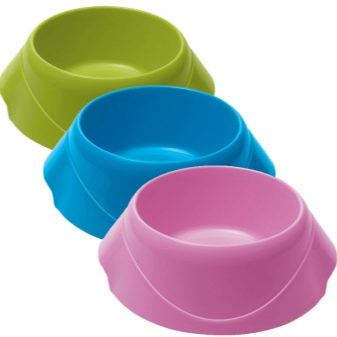
- Prepare a resting place for the animal and special claws. This will allow him to feel at home and get used to the environment, and thanks to a scratching post, your upholstered furniture and walls will remain untouched.
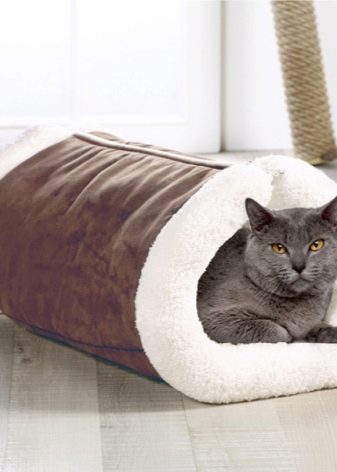
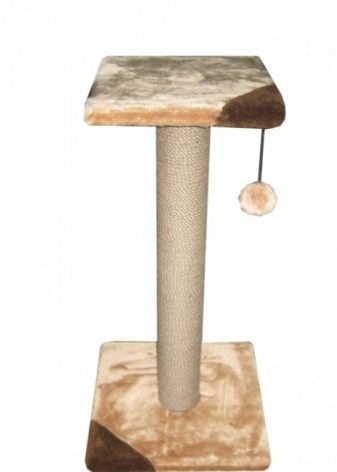
- Buy toys for the kitten, they are simply necessary for him. Isolate it from all household appliances and their wires; in the best case, it will gnaw on the wires; in the worst case, a short circuit may occur and the animal will be injured.
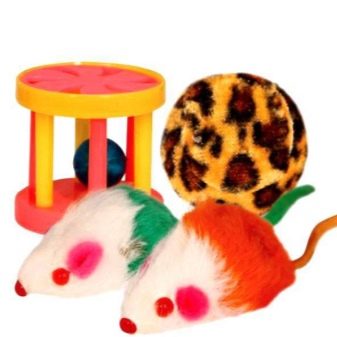
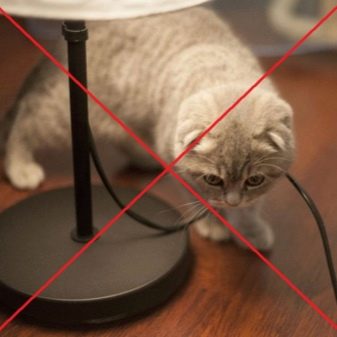
Caring for animal hair does not require much effort if you regularly monitor it. It is enough to brush cats once a week, and during the period when the cat will molt - daily. Ears are cleaned and claws are cut once every 2-3 weeks; bathing an animal is enough once every six months.
Visit your veterinarian twice a year for vaccinations and examinations.
One appearance and lifestyle suggests that these animals are very fond of good food, but it is important to ensure that they do not overeat. Dry and wet ready-made feeds, as well as natural products, are suitable as feed. If you and your pet give preference to ready-made feeds, then they must be at least premium and from trusted manufacturers. And also there are specialized feeds for this breed, where all the necessary components are already selected in a special proportion.
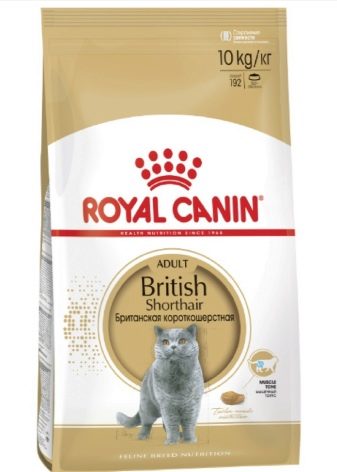

When compiling a diet of natural products, it is advisable to consult a veterinarian or experienced breeders first. The meat should be of a non-greasy appearance, and pour boiling water over it before feeding, it is advisable to give the fish in a boiled and peeled form. Sour-milk products and eggs serve as a source of calcium to strengthen the teeth and claws of the animal, in the kittens menu, of course, you need to include milk. And be sure to include in the power vitamin and mineral supplements.
Poor nutrition can lead to food allergies or animal illness, and irregular care can affect its appearance.
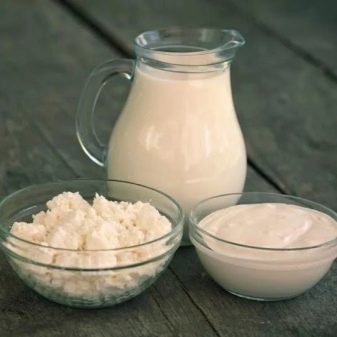
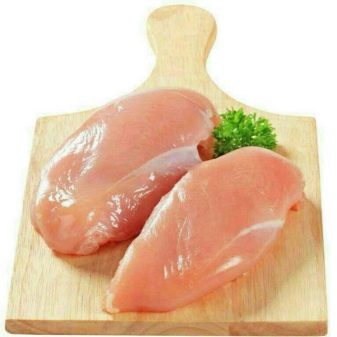
About what features of lilac scottish fold cats exist, see in the next video.
